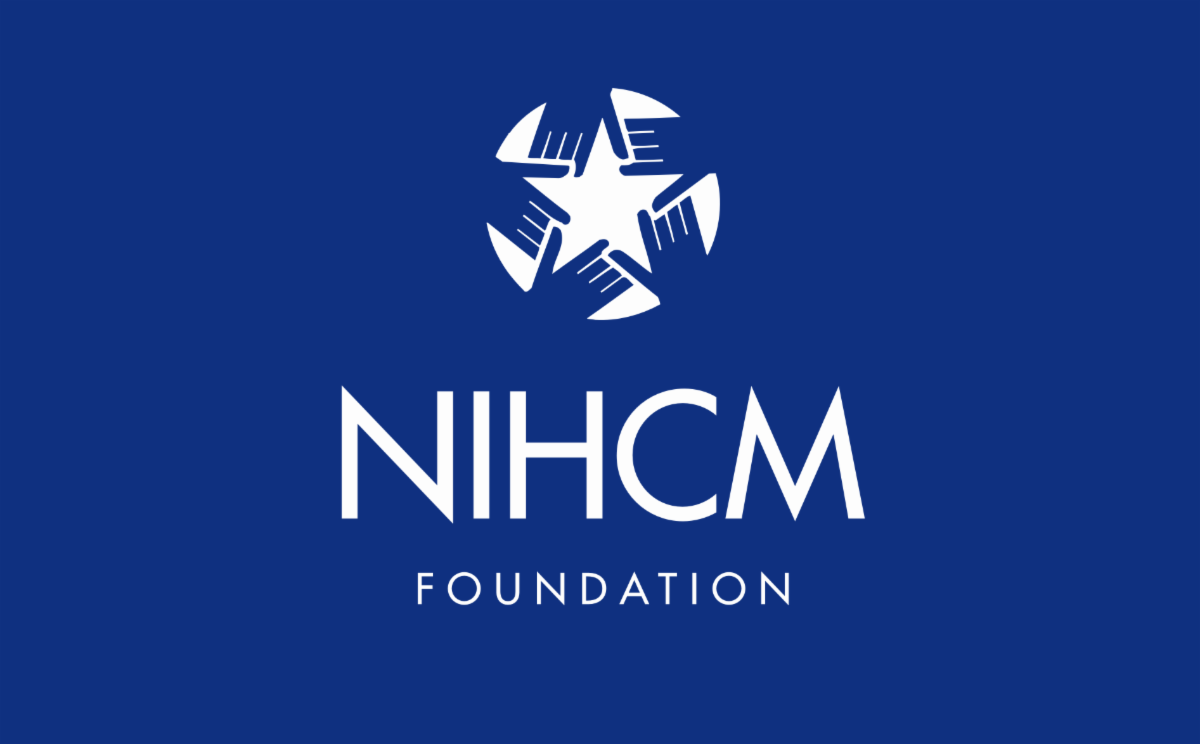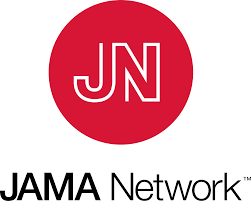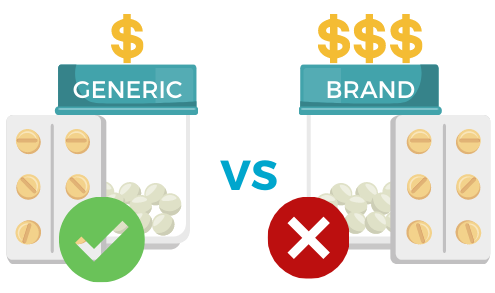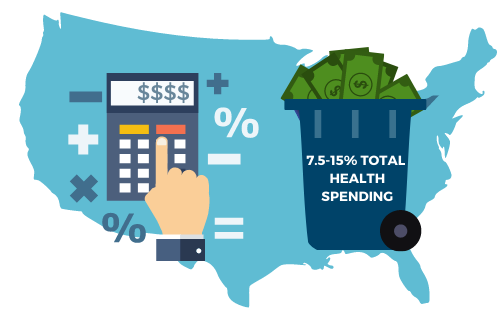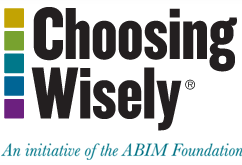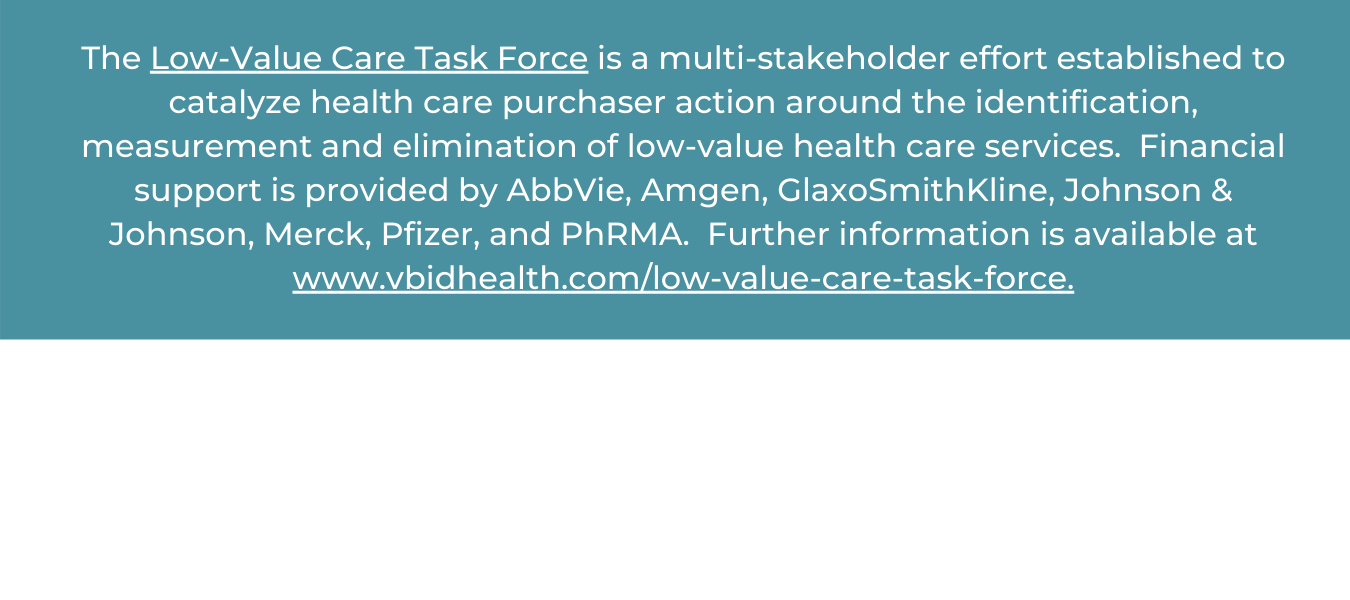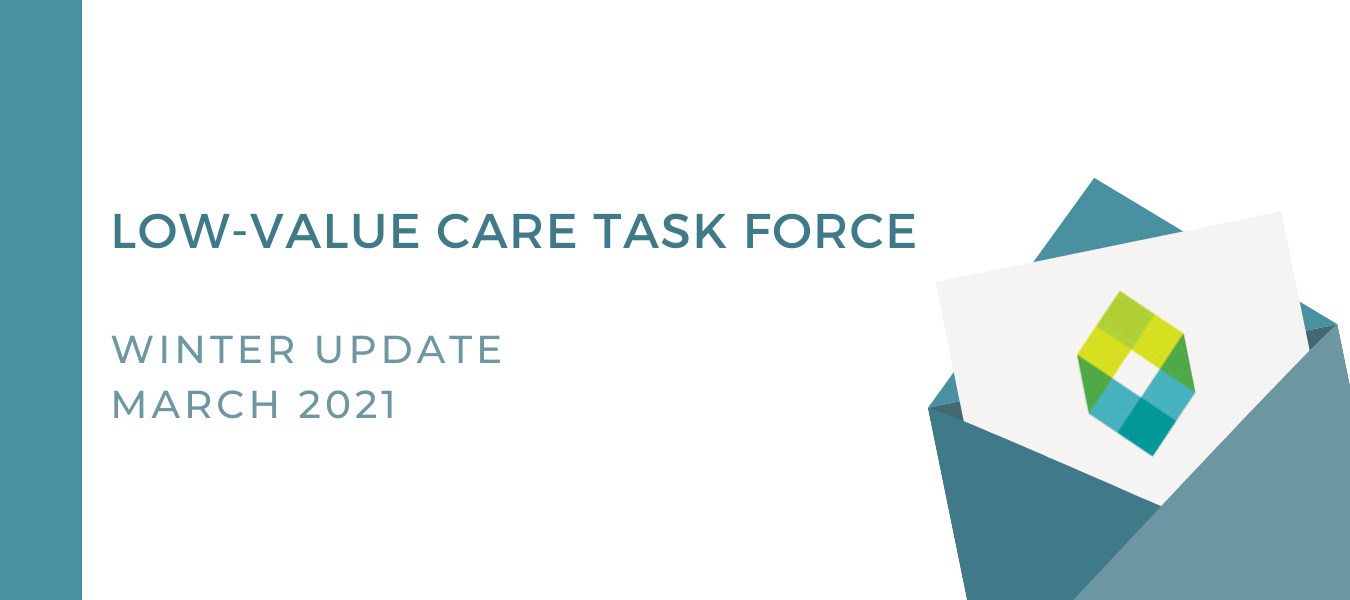


Trends in Use of Low-Value Care in Traditional Fee-for-Service Medicare and Medicare Advantage
Compared to traditional Medicare, Medicare Advantage is more strongly financially incentivized to decrease use of low-value care. In this JAMA Network Open study, however, researchers found that there was not a significant difference in the use of low-value care between the two groups. Low-value care is prevalent in both groups, suggesting that managed care enrollment is not associated with decreased use of low-value care.
Imagining a World Without Low-Value Services: Progress, Barriers, and the Path Forward
In this article, researchers examine how barriers like financial and non-financial incentives, uncertainty in clinical decision-making, and insufficient partnering with patients and families contribute to the delivery of low-value care. Researchers suggest that in order to move toward a world of more high-value care, clinician-, patient-, and research-focused initiatives are needed to reduce the delivery of low-value care services that contribute to financial, clinical, and psychological harm for patients. Read more here.
Physicians’ Views and Experiences of Defensive Medicine: An International Review of Empirical Research
In this international literature review, researchers investigate how defensive practice – providing services to reduce perceived legal risks rather than advance patient care – drives the use of low-value care services. Highlighted findings reveal that physicians across different healthcare and legal systems commonly report hedging-type defensive practice. Learn more about study findings and potential macro, meso, and micro solutions to this issue here.
Is Health Care Shoppable?
In this study, when examining factors that influence where patients receive elective lower-limb MRIs, researchers found that patients often make decisions based solely on physicians’ referral patterns. Less than 1% of patients accessed the available price-transparency tool, suggesting that greater cost-sharing and price transparency are unlikely to adequately incentivize patients to shop themselves. Researchers suggest that payers and policymakers may have more success targeting and incentivizing physicians to refer their patients to more efficient, high-quality providers.
Responding to Health-Improving but Cost-Ineffective Care
In contrast to no-value care, low-value care may improve the health of those receiving it, but it also reduces the benefits of health care spending to below what is achievable through other investments. A new theory-based approach suggests that reducing the quantity of health-improving but cost-ineffective care should be the final step in the process of reducing health spending.
Financial Pollution in the U.S. Health Care System
Low-value care costs billions of dollars per year and harms population health. Authors of a recent JAMA Insight recommend the term financial pollution be used to describe wasteful care and its insidious effects on the population. Policymakers should examine effective approaches for addressing environmental pollution while designing methods to reduce health care financial pollution.
Choosing Brand-Name Drugs Over Generics Costs Medicare $1B a Year
In this UPI article, author Brian Dunleavy cites findings from a recently published JAMA Network Open study indicating that if all branded drugs requested by prescribers in 2017 had been substituted with generics, Medicare Part D would have saved $997M, and Medicare beneficiaries would have saved $161M. Similarly, if all branded drugs requested by patients had been substituted with generics, Medicare Part D would have saved $673M, and beneficiaries would have saved $109M.

‘Painless’ Glucose Monitors Pushed Despite Little Evidence They Help Most Diabetes Patients
Since 2019, the number of diabetes patients who use continuous glucose monitoring devices has nearly doubled. While these devices are beneficial for Type 1 patients, there is little evidence to suggest that they are cost-effective or justifiable for Type 2 patients. Doctors said that they’ve seen no proof that these devices contribute to lasting changes in diet and exercise routines, but manufacturers continue to market to this population of an estimated 25 million U.S. patients. Read more here.

Virginia Center for Health Innovation Podcast Series - Smarter Care Connections
In this new podcast series, VCHI brings industry experts from key organizations to the table to discuss important issues surrounding low-value care. Episode titles include: Influencing Clinicians to Change Their Behavior Around LVC Health Services, Health Equity and LVC, and Health Plan Actions to Address LVC. Check out all 7 episodes here.
Opportunities For Innovation: Three Ways To Streamline Health Care Administration And Save Money
It is widely known that the U.S. spends far more on health care than any other country. When taking a closer look at the data, researchers have identified wasteful health administration costs as a significant part of the problem. In this article, Senator William Frist writes about three innovative, private-sector approaches that could help to reduce both waste and fraud.

Building a Better Health Care System Post-COVID-19
In Building A Better Health Care System Post-Covid-19: Steps for Reducing Low-Value and Wasteful Care, Corinna Sorenson, PhD, Duke-Margolis Center for Health Policy, and colleagues outline the impact of the pandemic on low-value care, and the potential opportunities it presents to create a better health care system post-COVID-19. She elaborates further on this topic in her January 2021 Choosing Wisely webinar recording.




